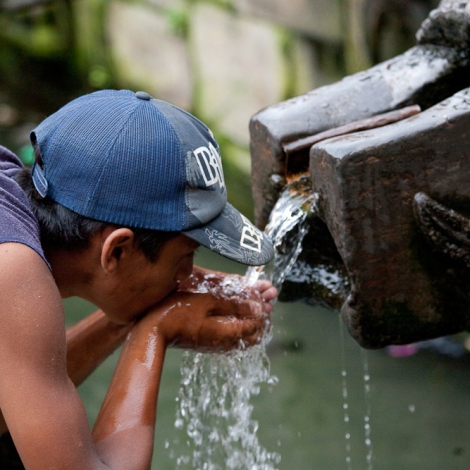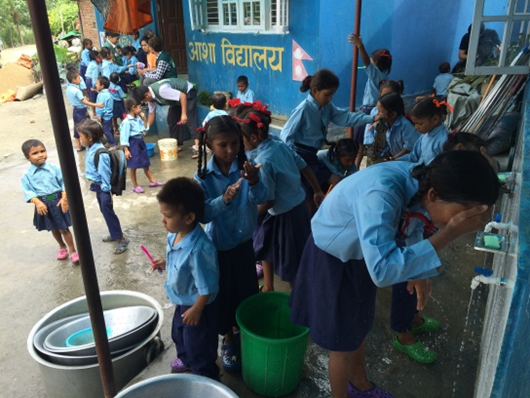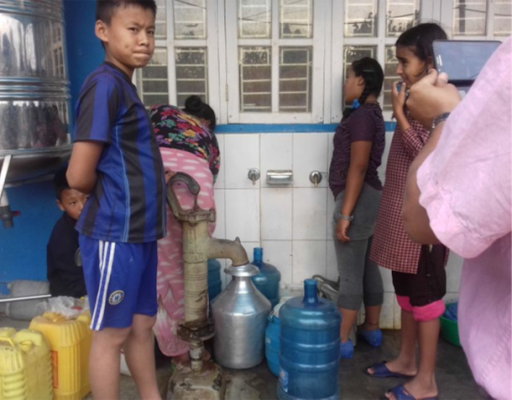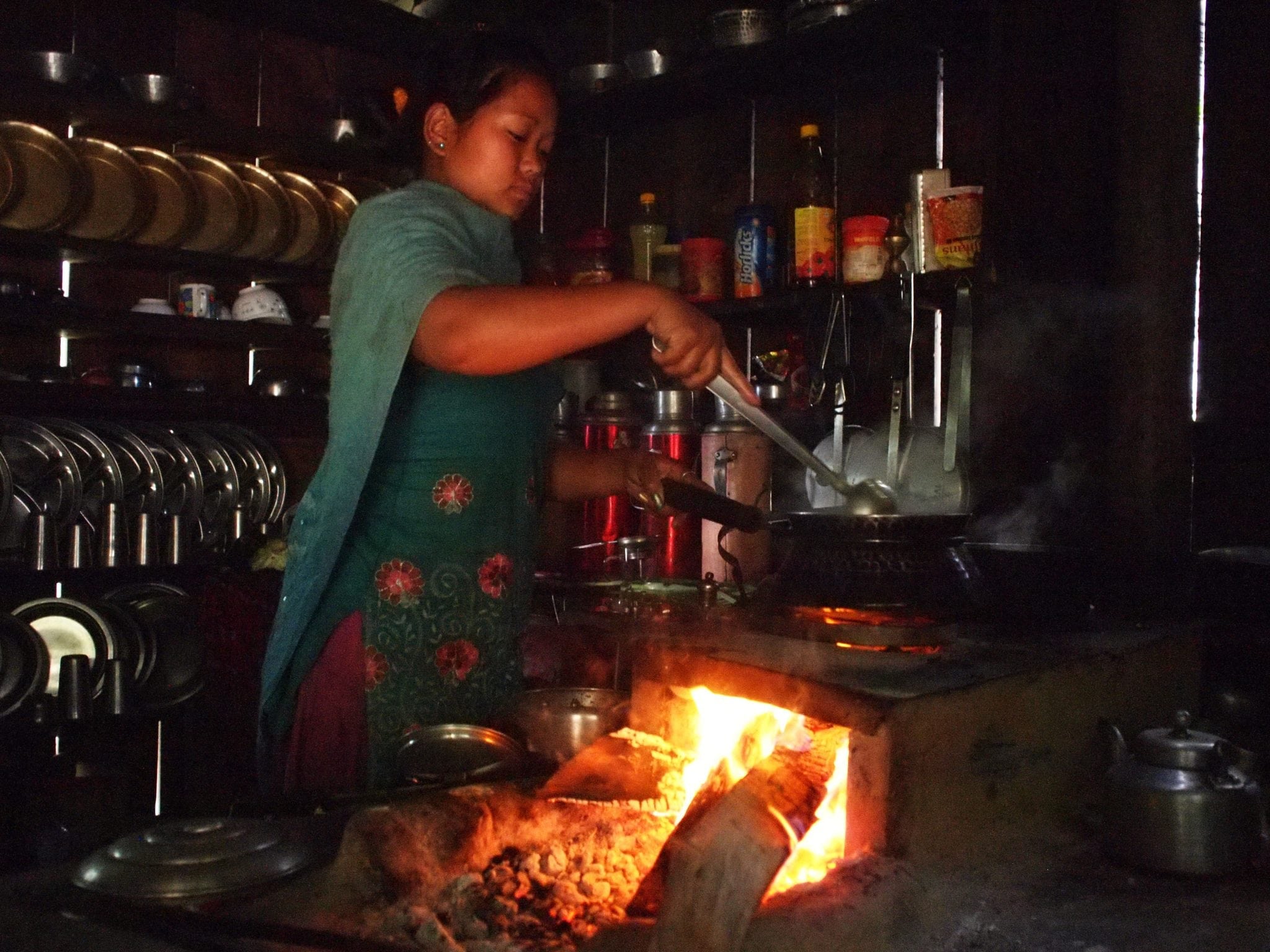In an effort to learn from valuable experience, I studied a water treatment facility that stopped working 8-9 months after installation in an informal settlement in my home country of Nepal. I carried out this case study as an attempt to understand what worked and what didn’t,while pursuing my Master’s program at Seoul National University.
The project had been funded for one year, from 2015-2016, by KOICA (Korea International Cooperation Agency), and the water treatment facility was built through a close collaboration between three academic institutions in Korea and Nepal. The infrastructure improved the lives of more than 300 people by providing clean drinking water at an affordable price. Unfortunately, the system started malfunctioning and eventually stopped working within 8-9 months of installation. Research uncovered a list of challenges that led to the project’s unsustainability. Barriers such as operational and maintenance issues, communication issues between the service provider and service user, limited use of local human resources, inadequate market research, use of relatively expensive and locally unavailable products, lack of proper training sessions prior to installment, lack of manuals or guides in the local language, lack of sustainable project model development, and confusion about payment and the export of materials after the project completion were discovered as some of the key issues for unsustainability.
Interview with the benefactors suggested the limited time period for the project was one of the major barriers to carrying out a sustainable project, as the short timeline prevented them from doing proper background research, and hampered any technical support to the beneficiaries after completion of project. That may well be the overarching cause of breakdown. Dissecting the events that lead to the discontinuation of the project, however, reveals three key weaknesses. Viewed constructively, those weaknesses may be construed as three lessons for future projects.
In the future, sustainability must be considered through supply chain and local industry, local involvement, and communication.
Establish the supply chain in advance
The implementation in Nepal relied on imported technical parts. Due to unavailability of specific spare parts of the system, the dependency on donors increases even after the completion of the project period. This makes it hard to sustain as there comes the issue of cost, shipping, responsibility and liability which people often avoid. Therefore, thorough assessment of available supply chain and local industry capacity is needed to sustain operation and maintenance for the lifetime of the project . Or, if the project chooses to utilize foreign components, contact and partnership with local dealers and distributors in the area of the project is necessary.
Establish local capacity for maintenance in advance
Another main point that one needs to consider is the optimum involvement of local stakeholders at the time of design and construction. As seen in this case study, the lack of access to skilled manpower constrained the maintenance of the water treatment facility. Locals were compelled to perform tasks they were not trained for when the system started to malfunction, they failed to understand, diagnose, or even solve the problems at hand on their own which in return snowballed the problem making the situation much worse. Therefore,involving the community in every step of the project is key to ensuring that communities don’t need to depend upon implementers after the completion of the project. To make a project sustainable it is thus suggested to prioritize the local involvement by either working with existing local maintenance networks or carrying out community outreach programs such workshops and educational or vocational training prior or during the project development.
Establish strong communication from the start
Proper and timely communication between all the stakeholders is another major point of consideration during the implementation of a project. Oftentimes in such funded technology transfer projects, the donors and the receiver speak different languages and have different work cultures and methods of communication. It is recommended to use prototypes and visual tools, such as pictorial designs, flowcharts making, schematic drawings of the facility or even video making to convey ideas and receive feedback and input from different groups and cultures. Lastly from this case study, it was also observed that a manual in a local language and a universal language is a must while transferring any technology.
Sustainability needs long-term planning
In a nutshell, it was realized that for any technology transfer project to be sustainable, one should think beyond just timely completion of the project and spend some time on developing a sustainable business/ operational model by adaptaing into a transdisciplinary approach.
About the Author
Pallavi Kunwar was an E4C Research Fellow in 2020 and was born and raised in Kathmandu. She is a smalltown girl with big dreams and hopes to build a better future for everyone. She holds a Bachelor’s degree in Environmental Engineering from Kathmandu University and Master’s in Chemical and Biological Engineering from Seoul National University. Her field of interest is water treatment and appropriate technology.




nice work 🙂